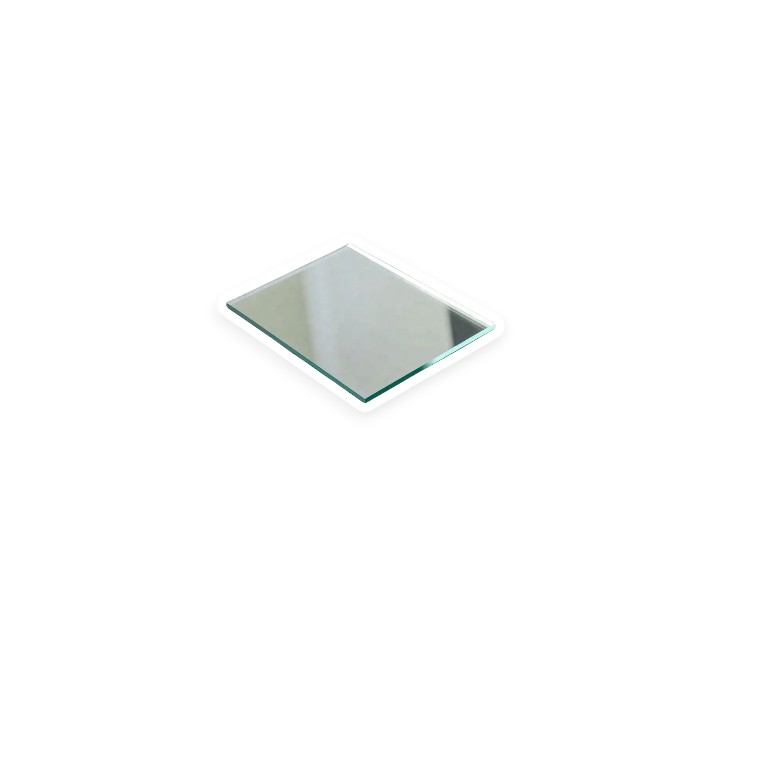

NIR Hot Mirrors
Hot mirrors is an optical filter which is designed to reflect IR wavelength range and pass visible wavelength range. Coligh manufactures hot mirrors with multi layer interference coating.
- Highly efficient infrared reflection and visible transmission
- High temperature resistance and stability, suitable for long-term high temperature environment
- Flexible customization on size and thin film coating
NIR Optical Hot Mirrors Filter Description
Hot mirror is also called Infrared Reflecting Mirror. The hot mirrors can have a high reflectivity of more than 95% at 700-1200nm, and a transmittance of >90% in the visible band of 400-700nm. We use a multi-layer dielectric film design with a steep spectral transition zone to avoid stray light crosstalk.
At the same time, we use hard oxide coatings (such as TiO₂, SiO₂), combined with base materials such as Borofloat glass, B270 and quartz, to ensure that the filter works stably over a wide temperature range.
We can customize the size within the range of 120*120mm and have sufficient inventory for fast delivery. We can also support customized requirements such as reflectivity and cutoff slope
NIR Optical Hot Mirrors Filter Technical Datasheet
| Parameter | Specification |
| Reflectance (Ravg) | >95% @ 750-1150 nm |
| Transmittance (Tavg) | >90% @ 425-675 nm |
| Surface Quality | 60/40 or 80/50 |
| Incident Angle | 0° |
| Dimensions | ≤120 × 120 mm |
| Substrate | Borofloat K9 B270 Fused Silica |
| Diameter/Rectangle Tolerance | ±0.25 mm |
| Thickness Tolerance | ±0.2 mm |
NIR Optical Hot Mirrors Filter Applications
Hot mirrors are used in many fields because of their high efficiency in reflecting infrared rays and transmitting visible light.
- Consumer electronic photography equipment
In digital cameras, camcorders, mobile phone lenses and other imaging equipment, thermal mirrors block infrared interference and protect sensors. Thermal mirrors can avoid reducing color accuracy and causing color cast or blur problems
2. Projectors
In projectors, stage lighting, and laser projection equipment, thermal mirrors can reduce heat accumulation, prevent equipment or scenes from overheating, and improve the quality and life of projection
3. Life medicine
In precision optical instruments such as medical imaging, microscopes, and spectrometers, thermal mirrors can filter infrared rays, enhance imaging clarity, and reduce infrared heat to protect samples or instruments
4. Laser equipment
In industrial equipment such as laser cutting, engraving, and measurement, thermal mirrors can reflect excess infrared rays to prevent lenses or components from overheating. Reduce laser infrared heat interference and protect optical lenses and sensors.

